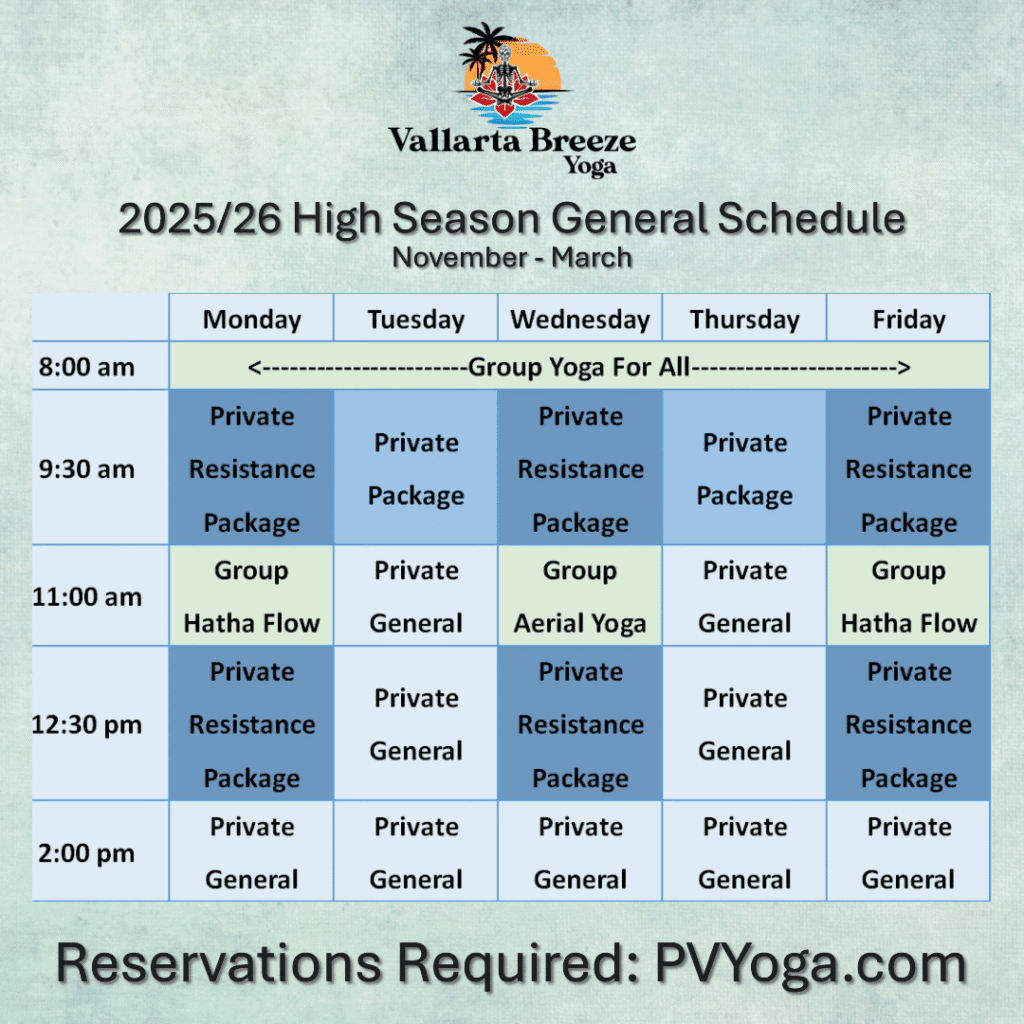Yoga Sutra 3.10 | Tasya praśānta-vāhitā saṁskārāt.
The Sutra in Context
Sanskrit Text:
Tasya praśānta-vāhitā saṁskārāt.
Literal Translation:
“Through the cultivation of tranquility, the mind flows peacefully due to the formation of tranquil mental impressions (samskaras).”
Yoga Sutra 3.10 delves deeper into the transformative process of mental stillness. Patanjali explains that as moments of mental restraint (nirodha) increase and dominate the mind, they leave lasting imprints (samskaras) of peace and tranquility. This repetition and reinforcement allow the mind to achieve a state of sustained calmness, laying the foundation for deeper meditative states and spiritual insight.
Historical and Cultural Significance
- The Formation of Tranquil Samskaras:
In classical yoga, samskaras are mental impressions or imprints formed by repeated thoughts, actions, and experiences. This sutra highlights the idea that as tranquil states of mind are cultivated through sustained practice, they leave positive samskaras that deepen mental calmness over time. Vyasa’s commentary on this sutra emphasizes that this process is self-reinforcing: the more tranquil the mind becomes, the easier it is to sustain that tranquility. - Yoga as a Transformative Discipline:
This sutra reflects the yogic understanding of mental conditioning. Just as restless states leave imprints of distraction, tranquil states leave imprints of peace. By consciously cultivating tranquil samskaras, practitioners transform their mental landscape, enabling the mind to flow smoothly like a quiet river. This aligns with the broader yogic principle that conscious effort leads to gradual but lasting change. - Parallels Across Spiritual Traditions:
The process described in this sutra finds resonance in other spiritual practices. In Buddhism, the cultivation of samatha (calm abiding) involves repeatedly focusing on peaceful states to create lasting impressions of serenity. This universality underscores the shared human quest to master the mind and cultivate inner harmony.
Guidelines for Students
- Cultivating Tranquility:
The tranquil flow of the mind arises from consistent practice of meditation and restraint. Students should approach their practice with patience and regularity, allowing moments of calm to accumulate and leave lasting impressions. Swami Sivananda explained,
“Through repeated effort, the restless waves of the mind are calmed, and peace becomes the natural state.“
- The Role of Positive Samskaras:
Each moment of mental stillness leaves a positive samskara, reinforcing the tendency toward tranquility. Students should understand that even brief periods of calm contribute to long-term transformation. This perspective helps cultivate persistence, as every practice session has value, regardless of its length or depth. - Overcoming Restlessness:
Restless tendencies do not disappear overnight. Students should be compassionate with themselves and recognize that the process of replacing restless samskaras with tranquil ones takes time. As Paramahansa Yogananda advised,
“Patience is the fastest route to spiritual progress.“
Insights and Strategies for Teachers
- Reinforcing the Importance of Repetition:
Teachers should emphasize to students that the cultivation of tranquil samskaras requires repetition. Encourage daily meditation and mindfulness practices, even if only for a few minutes, to establish a strong foundation. Swami Satchidananda noted that
“The seeds of peace grow through regular watering with attention and care.“
- Helping Students Recognize Progress:
It can be challenging for students to notice gradual transformation. Teachers can help by pointing out subtle signs of progress, such as increased focus, reduced anxiety, or an easier entry into meditative states. This encouragement keeps students motivated and engaged. - Balancing Effort and Patience:
Guide students to strike a balance between disciplined practice and patient surrender. Share stories of yogis and sages who achieved tranquility through persistent effort, while reminding students that the process is non-linear and requires trust in the practice.
Visualizing the Accumulation of Tranquil Samskaras:
Below is a representation of how repeated practice cultivates tranquility:
+--------------------------+
| Initial Practice: |
| Brief Moments of Calm |
+-----------+--------------+
|
v
+--------------------------+
| Repetition Creates |
| Positive Samskaras |
+-----------+--------------+
|
v
+--------------------------+
| Gradual Accumulation of |
| Tranquility |
+-----------+--------------+
|
v
+--------------------------+
| Natural Flow of Peace |
| and Mental Stillness |
+--------------------------+This diagram illustrates how repeated effort gradually transforms the mind into a tranquil and peaceful state.
Philosophical and Practical Takeaways
- Yoga Sutra 3.10 highlights the transformative power of repetition and reinforcement. By consciously cultivating moments of mental calmness, practitioners create positive samskaras that gradually reshape the mind’s tendencies, leading to a natural state of tranquility.
- For students, this sutra provides encouragement to persist in their practice, emphasizing that every moment of stillness contributes to long-term growth. For teachers, it reinforces the importance of guiding students with patience, helping them see the cumulative value of their efforts.
- As Vyasa noted, “The tranquil mind becomes like a clear mirror, reflecting the eternal truths of existence.” This transformation is not only a spiritual achievement but also a profound inner realization of peace.
Yoga Sutra 3.10 invites practitioners to embrace the gradual nature of transformation and trust in the power of persistent practice. Through patience and dedication, the mind becomes naturally calm, paving the way for deeper meditative states and spiritual insight.
Continue your growth with the Vallarta Breeze Yoga Puerto Vallarta Yoga Studio!
Whether you’re looking to dive deeper into the physical practice of yoga, The Vedas, Upanishads, Yoga Sutras, or would like to explore our blog, we have a wealth of information available for you! Better yet, join us here in the Vallarta Breeze Yoga Puerto Vallarta Yoga studio, or practice with us online! we’re excited to continue this journey with you. See you on the mat!



